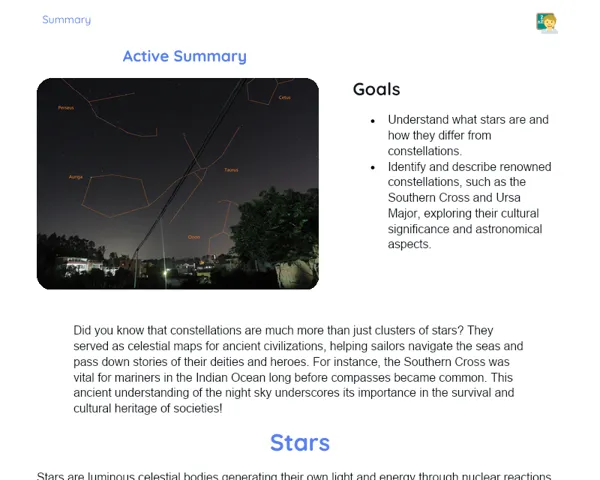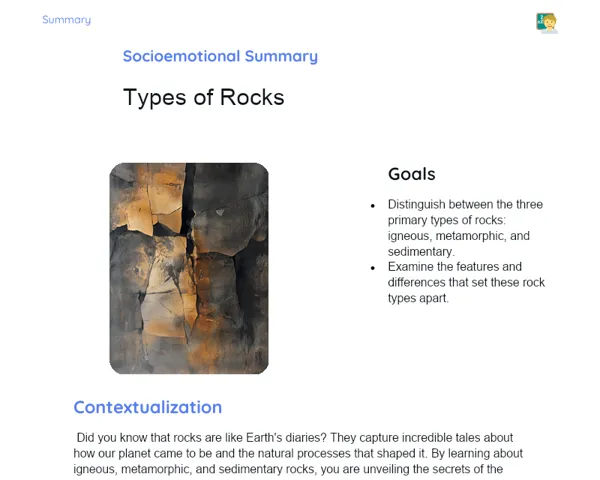Goals
1. Identify and describe the social behavior of various animals that reside in groups or herds.
2. Recognize and differentiate between animals that lead solitary lives and those that thrive in groups.
Contextualization
Animals are truly fascinating creatures. Just like humans, they exhibit diverse lifestyles and ways of organizing themselves. While some animals enjoy the company of their peers, forming large herds or groups, others prefer solitude, living independently. For instance, wolves travel in packs, where each member plays a specific role, such as hunting or nurturing young ones, whereas tigers are well-known for their solitary nature. Understanding these social dynamics provides deeper insights into animal behavior in their natural environments and highlights the significance of these interactions for the survival and welfare of different species.
Subject Relevance
To Remember!
Social Behavior of Animals that Live in Groups
The social behavior of animals residing in groups is characterized by cooperation and task allocation among individuals. These animals organize themselves so that each member performs a particular role, thereby contributing to the overall survival and well-being of the group. For example, wolves hunt collaboratively and look after their young, while bees have clearly defined roles within the hive, such as workers, queens, and drones.
-
Collaboration: Animals in groups work together to achieve common objectives, like searching for food and safeguarding themselves from predators.
-
Task Division: Each group member may have distinct functions, enhancing efficiency and improving the group's chances of survival.
-
Communication: Effective communication is essential for coordinating activities within the group.
Specific Functions Within Animal Groups
In animal groups, each member may take on a specific function that supports the group's overall success. These roles can include protecting young ones, searching for food, or defending against threats. By specializing in certain functions, the group operates more efficiently and boosts its chances of survival.
-
Specialization: Each animal performs a targeted function beneficial to the group's well-being.
-
Efficiency: Dividing tasks allows the group to work together more effectively.
-
Survival: Specific roles enhance the group's survival prospects.
Comparison Between Social and Solitary Animals
Social animals prefer to live in groups and rely on collaboration for survival, while solitary animals perform all necessary activities independently. Each of these lifestyles has its own set of advantages and drawbacks, which may vary based on habitat and species-specific behaviors.
-
Social Animals: They thrive in groups and depend on collaboration for survival.
-
Solitary Animals: They lead independent lives, undertaking all essential activities alone.
-
Advantages and Disadvantages: Each lifestyle has its own strengths and weaknesses, influenced by habitat and species behavior.
Practical Applications
-
Biologists utilize insights about animal social behavior in conservation programs focused on preserving endangered species.
-
Veterinarians apply these principles to enhance the welfare of captive animals.
-
Media organizations create educational documentaries on wildlife, based on the social behaviors of animals.
Key Terms
-
Social Behavior: The manner in which animals interact and organize themselves within a group.
-
Task Division: The allocation of different roles among group members to boost efficiency.
-
Habitat: The natural environment where a species resides.
Questions for Reflections
-
What are the advantages of living in groups for animals? What about the disadvantages?
-
How does the organization of animal groups compare with human social structures, like families and communities?
-
In what ways can the teamwork and communication skills developed by animals in groups be translated to human contexts, such as collaborative work?
Creating an Animal Behavior Mural
To reinforce your understanding of animal social behavior, you will create a mural depicting the differences between animals that live in groups and those that are solitary.
Instructions
-
Take a sheet of poster board and divide it in half, forming two sections.
-
In the first section, draw or paste images of animals that thrive in groups. Include brief descriptions of how these animals collaborate and organize themselves.
-
In the second section, draw or paste images of solitary animals. Write short descriptions of how these animals manage to survive on their own.
-
Use colorful markers, colored pencils, and other art supplies to enhance the visual appeal of your mural.
-
Present your mural to friends or family, explaining the main distinctions between social and solitary animals.



